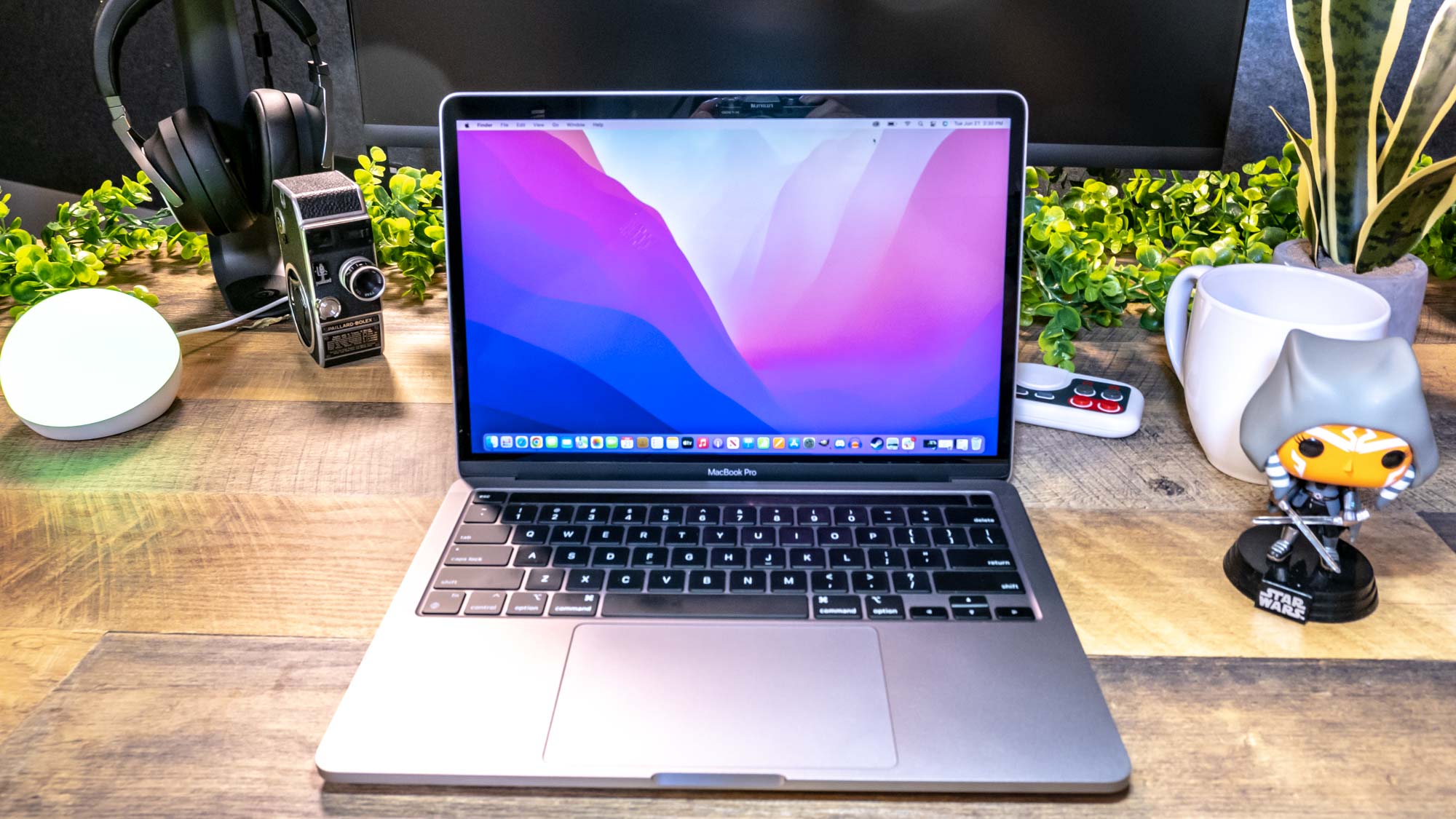You might want to avoid the MacBook Pro M2 — here's why
MacBook Pro M2 can't beat the MacBook Pro M1 on some tests due to its SSD speeds

The MacBook Pro M2 is proving that newer laptops aren't always the best laptops, thanks to new disappointing performance test results that show it can be slower than the previous MacBook Pro M1.
We already knew that the new MacBook Pro has slower SSD speeds than the old model. But now further testing by Max Yuryev of MaxTech has shown that the M2-equipped MacBook Pro lags behind its predecessor in more areas.
Yuryev's battery of tests included memory-intensive tasks like juggling multiple apps and Google Chrome tabs, exporting images and videos and transferring data to external drives. In all of these, the MacBook Pro M2 was noticeably slower than the M1 version.
The weak performance here, and the previously discovered slow SSD read/write speeds, likely both have the same cause, says Yuryev. For the basic 256GB storage MacBook Pro M2, Apple now uses a single 256GB NAND flash chip, instead of two 128GB chips working together as you got in the MacBook Pro M1. Two parallel chips mean double the maximum memory bandwidth, so the 2022 MacBook Pro can't keep up despite the numerous improvements to the Apple M2 chip.
This transfer speed cap then has a knock-on effect when the MacBook Pro needs to create virtual memory in the SSD space to supplement the RAM (unified memory in Apple parlance) when multitasking or completing intensive app operations. Since the speed of the virtual memory is bound by the SSD's bandwidth restrictions, it makes the single-chipped MacBook Pro M2 again slower than the dual-chipped MacBook Pro M1.
There's a small silver lining in the fact that these performance problems seem limited to the basic 256GB Macbook Pro M2. During our own testing of a 1TB model, we found its performance to be in line with or superior to the MacBook Pro M1.
With this in mind, should you actually buy one of these new MacBook Pro M2 laptops? The answer would seem probably not, or at least not the base model. If you're willing to cough some extra money up to get more storage and RAM, then it's possibly worth it. But that'll cost you at least $200/£200 over the basic $1,299/£1,349 price, and that starts getting you close to the price of a 14-inch MacBook Pro.
Sign up to get the BEST of Tom's Guide direct to your inbox.
Get instant access to breaking news, the hottest reviews, great deals and helpful tips.
Most likely, you are probably better off waiting for the MacBook Air 2022 to launch in July, which offers many of the same specs as the 13-inch MacBook Pro M2, but for a little less and in a much more handsome, modern-looking shell. Alternatively, if you prefer having active cooling and a more familiar shape, you could look for MacBook Pro M1 deals. They're hard to find in stock since the M2 edition launched, but there are discounts to be had if you look.

Richard is based in London, covering news, reviews and how-tos for phones, tablets, gaming, and whatever else people need advice on. Following on from his MA in Magazine Journalism at the University of Sheffield, he's also written for WIRED U.K., The Register and Creative Bloq. When not at work, he's likely thinking about how to brew the perfect cup of specialty coffee.

